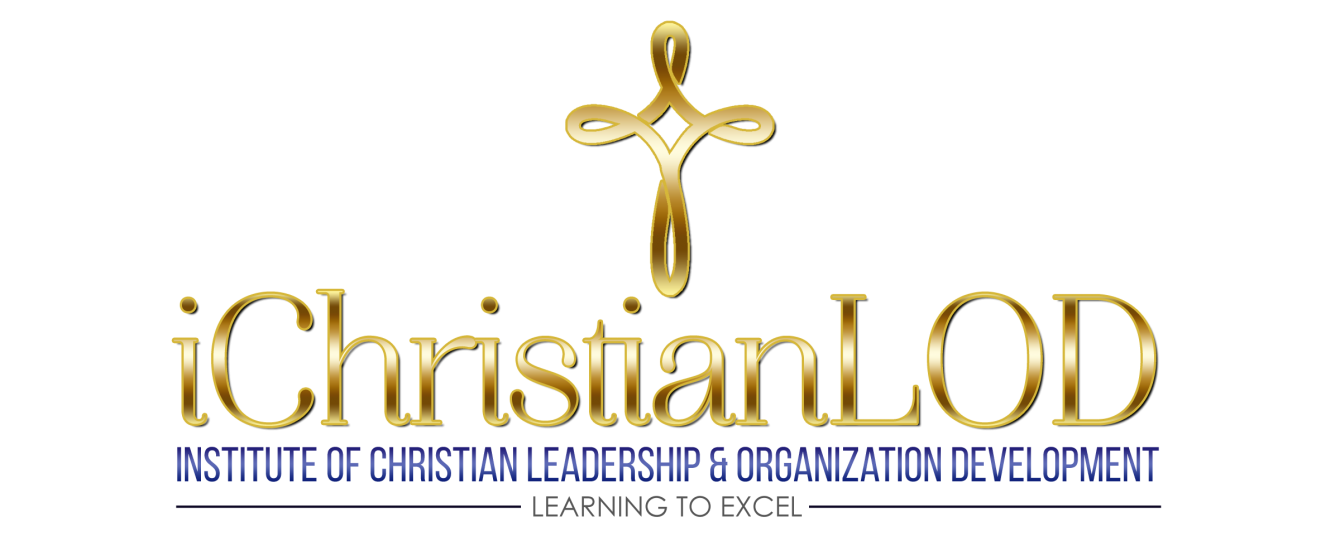How to Design a Continuing Education Program
Baukal (2009) defines Continuing Professional Development (CPD) as, “The systematic maintenance and improvement of knowledge, skills and competence, and the enhancement of learning, undertaken by an individual throughout his or her working life (Baukal, 2009, p.225). Unlike university or college credit courses, CPD courses are typically shorter in duration, less theoretical, targeted to more practical competencies and applications, and designed for rapid learning transfer (Baukal, 2009). One method for accomplishing CPD is through the award of Continuing Education Units (CEUs) for the successful completion of Continuing Education (CE). CE is of particular importance to professionals working in the field of engineering for primarily three reasons. First, an engineer’s knowledge can quickly become obsolete because of rapid changes in technology. Second, new technology is now being developed around the world, and engineers must have access to all new developments. Third, engineering technology often requires some degree of hands-on training to understand and use complex technology (Baukal, 2009).
The Role of the Human Resources Department
In many organizations, the human resources department (HRD) is responsible for developing policies and procedures that promote effective CE programs (Werner, Demimonde, 2012). Vorster (2011) identifies two prerequisites for effective CE, specifically for engineers. He believes that designers must be aware of how engineers in particular learn, e.g., learning style, and how to best promote learning that impacts their performance by developing self-motivated learners. By way of example, Vorster suggests that most engineering students are visual, inductive, active, and global learners who learn by applying pictures and graphs, inferring principles from facts, coupled with the ah-ha moment. In contrast, most engineering education is auditory, abstract, deductive, and passive. This mismatch, according to Vorster, creates a less effective learning process (Vorster, 2011).
With regard to the second prerequisite, Vorster recommends a well-managed shift away from the rigidity of the rule-based learning environment to an approach that embraces a balance of power between the teacher and student, using a learner-centered approach which diminishes the role of the teacher in the learning process, while shifting the responsibility for learning to the student. The goals of such changes are to produce independent, self-motivated lifelong learners (Vorster, 2009). By addressing both prerequisites, program designers can link training to job performance.
The Benefits of Distance Continuing Engineering Education (CEE)
Distance Continuance Engineering Education (CEE) as opposed to the traditional classroom is the best method for delivering CE to engineers (Baukal, (2009). The benefits for using distance CEE include the ability to use real-time or asynchronous via teleconferencing, providing greater flexibility for working professionals. Updates, the introduction of new materials, and more focused learning are also easily accommodated with distance CEE. Programming is more cost effective than the traditional classroom setting, and learning can be enhanced by coupling distance CEE with some classroom instruction for technical learning that requires a hands-on instruction. Sources for programming include universities, corporate universities, federal and local governments, and professional trade organizations (Baukal, 2009).
Monitoring Continuing Education Units (CEUs)
The International Association of Continuing Education and Training (IACET) is the premier organization that sets the standards for the continuing education industry. The IACET Council on Standards Development (ICSD), “is responsible for the development, maintenance, and dissemination of evidence-based standards that promote and enhance quality continuing education and training (CE/T)” (IACET, 2011). In 2007, the standards of the IACET were approved as an American National Standard (ANS) by the American National Standards Institute (ANSI). This accreditation signifies that an IACET Authorized Provider (AP) is capable of developing a continuing education and training programs that meets their standards. IACET CEUs are important for both individuals and organizations. They are a tool for professional development, certification, and recertification for individuals. For organizations and industries, they provide credibility for the standards adhered to by the organization. ANSI/IACET standards are also globally recognized (IACET, 2011).
References
Baukal, C. E. (2009, September 23, 2009). Continuing engineering education through distance learning. European Journal of Engineering Education, Vol. 35, No. 2, May 2010, 225-233.
IACET. (2011). Retrieved from the Internet on October 24, 2013 from http://www.iacet.org/about/who-we-are 24, 2013.
Vorster, M. C. (2011). Teaching and learning: the critical balance in effective education. American Society of Civil engineers., 917-922.
Werner, J. M., & DeSimone, R. L. (2012). Human resource development (6th ed.). Mason, OH: South-Western CENGAGE Learning.

